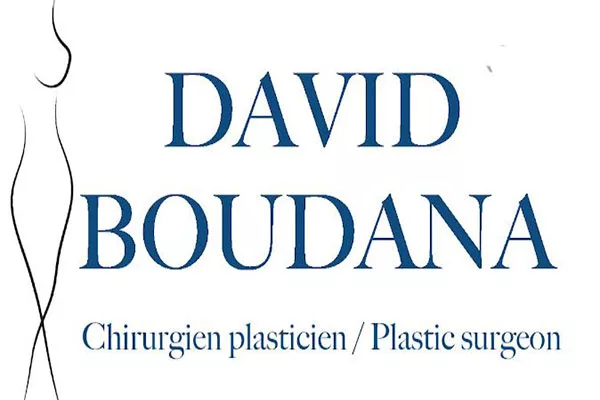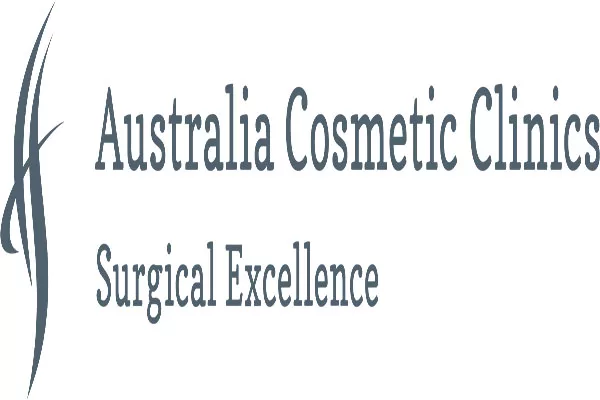Introduction
Breast reduction surgery is a procedure that reduces the size of a person’s breasts by removing excess tissue, fat, and skin. While this surgery is typically associated with women in their 20s, 30s, and beyond, it is also an option for teenagers who struggle with the physical and emotional burdens of having large breasts. While breast reduction surgery can be life-changing for some teenagers, it is important to carefully consider the procedure’s risks and benefits before making a decision. In this article, we will explore everything you need to know about breast reduction surgery for teenagers.
Reasons for breast reduction surgery
Breast reduction surgery is not just a cosmetic procedure. Many teenagers who opt for this surgery do so because of the physical discomfort and emotional distress caused by their large breasts. Some of the most common reasons for breast reduction surgery include:
- Back pain
- Neck pain
- Shoulder pain
- Headaches
- Posture problems
- Skin irritation or rashes under the breasts
- Difficulty exercising or participating in sports
- Low self-esteem or poor body image
- Bullying or teasing from peers
For teenagers struggling with these issues, breast reduction surgery can be a life-changing solution.
Candidates for breast reduction surgery
Not all teenagers with large breasts are good candidates for breast reduction surgery. Candidates for this procedure typically meet the following criteria:
- They have fully developed breasts
- They are in good physical health
- They have good mental health and a realistic understanding of the surgery and its potential outcomes
- They have tried alternative treatments for their symptoms, such as physical therapy, pain medication, or a properly fitting bra, without success.
Before considering breast reduction surgery, teenagers should discuss their options with a board-certified plastic surgeon who can evaluate their eligibility and provide guidance.
The breast reduction surgery process
Once a teenager has been deemed a good candidate for breast reduction surgery, the process typically involves the following steps:
- Pre-operative consultation: The teenager meets with the plastic surgeon for a consultation to discuss their goals, expectations, and medical history. During this appointment, the surgeon will explain the surgery and its risks and benefits, as well as answer any questions the teenager may have.
- Surgery: The surgery itself takes between two and five hours and is typically performed under general anesthesia. During the surgery, the surgeon removes excess breast tissue, fat, and skin, as well as repositions the nipple and areola to better fit the new breast shape.
- Recovery: After the surgery is complete, the teenager will need to spend some time in recovery to allow their body to heal. They will likely experience pain and swelling, and will need to wear a special compression garment to help reduce swelling and support the breasts as they heal.
- Follow-up appointments: The teenager will need to attend follow-up appointments with the surgeon to ensure that their recovery is progressing as expected and to address any issues that may arise. Follow-up appointments usually occur 1 week, 2 weeks, and 6 weeks post-surgery.
Risks and potential complications
Like any surgery, breast reduction surgery carries some risks and potential complications. While serious complications are rare, it is important for teenagers and their parents to understand the risks involved. Some potential risks and complications of breast reduction surgery include:
- Infection
- Bleeding
- Poor wound healing
- Reaction to anesthesia
- Asymmetry or uneven breasts
- Changes in nipple and breast sensation
- Scarring
- Difficulty breastfeeding in the future
It is important to discuss these risks with a board-certified plastic surgeon before making a decision about breast reduction surgery. The surgeon can help the teenager and their parents weigh the risks against the potential benefits and determine if this surgery is the right choice.
Recovery and aftercare
Recovery from breast reduction surgery can take several weeks, and it is important for teenagers to follow their surgeon’s instructions carefully to ensure safe and successful healing. Some aftercare steps that teenagers may need to follow include:
- Taking pain medication as prescribed
- Wearing a special compression garment
- Avoiding strenuous exercise for several weeks
- Sleeping on their back instead of their stomach or side
- Avoiding showering for a few days after surgery, then taking only gentle showers for several weeks
- Following a healthy diet to support healing
- Attending all scheduled follow-up appointments with the surgeon
By following these aftercare steps, teenagers can greatly reduce their risk of complications and ensure a smooth and successful recovery.
Impact on physical health
Breast reduction surgery can have a significant impact on the physical health of teenagers with large breasts. By reducing the size and weight of their breasts, this surgery can help to alleviate many of the symptoms associated with large breasts, including:
- Back pain
- Neck pain
- Shoulder pain
- Headaches
- Poor posture
- Skin irritation or rashes
- Difficulty exercising or participating in sports
In addition, breast reduction surgery may also help to reduce the risk of future health problems associated with large breasts, such as spinal curvature, degenerative disc disease, and breathing problems. By improving their physical health, breast reduction surgery can greatly enhance the quality of life for teenagers who undergo the procedure.
Impact on mental health
In addition to improving physical health, breast reduction surgery can have a positive impact on the mental health of teenagers with large breasts. Many teenagers with large breasts experience low self-esteem, poor body image, and emotional distress as a result of their breast size. Breast reduction surgery can help to alleviate these emotional issues by giving teenagers a more proportionate and comfortable body shape.
Several studies have shown that breast reduction surgery can improve self-esteem, reduce anxiety and depression, and enhance overall quality of life for teenagers who undergo the procedure. However, it is important for teenagers to have realistic expectations about the surgery and to address any underlying mental health issues with a qualified mental health professional.
Insurance coverage and costs
Breast reduction surgery can be expensive, with costs ranging from $8,000 to $15,000 or more depending on the location, surgeon, and extent of the procedure. However, some insurance plans may cover part or all of the cost of breast reduction surgery if it is deemed medically necessary.
To qualify for insurance coverage, teenagers will likely need to provide documentation of their symptoms and attempts to alleviate them through other treatments. Insurance companies may also require pre-authorization or a referral from a primary care physician. Families should contact their insurance provider to inquire about coverage and eligibility requirements.
It is also important for families to consider the long-term costs associated with breast reduction surgery, including follow-up appointments and potential future surgeries or complications. Teenagers and their families should carefully weigh the benefits and costs of breast reduction surgery before making a decision.
Conclusion
Breast reduction surgery can be an effective solution for teenagers struggling with the physical and emotional burdens of large breasts. The surgery can improve physical health, mental health, and quality of life for many teenagers, but it is important to carefully consider the risks and benefits before making a decision.
Teenagers who are interested in breast reduction surgery should discuss their options with a board-certified plastic surgeon and ensure that they meet the criteria for eligibility. Families should also inquire about insurance coverage and carefully consider the long-term costs of the surgery.
While breast reduction surgery is not the right option for everyone, it can be life-changing for those who need it. With proper care and attention, teenagers can safely and successfully undergo breast reduction surgery and enjoy the benefits of a more comfortable, proportionate body shape.
- “”Breast Reduction Surgery.”” American Society of Plastic Surgeons. https://www.plasticsurgery.org/cosmetic-procedures/breast-reduction
- “”Breast Reduction.”” Mayo Clinic. https://www.mayoclinic.org/tests-procedures/breast-reduction/about/pac-20385246
- “”Breast Reduction Surgery in Adolescents.”” Stanford Children’s Health. https://www.stanfordchildrens.org/en/topic/default?id=breast-reduction-surgery-in-adolescents-90-P01762
- “”Breast Reduction Surgery.”” University of Michigan Health System. http://www.med.umich.edu/plastic/surgery/breast/breast_reduction.htm
- “”Breast Reduction Surgery: Information for Teens.”” Children’s Hospital of Philadelphia. https://www.chop.edu/treatments/breast-reduction-surgery-information-teens
- “”Breast Reduction Surgery for Teens.”” KidsHealth. https://kidshealth.org/en/teens/breast-reduction.html”







